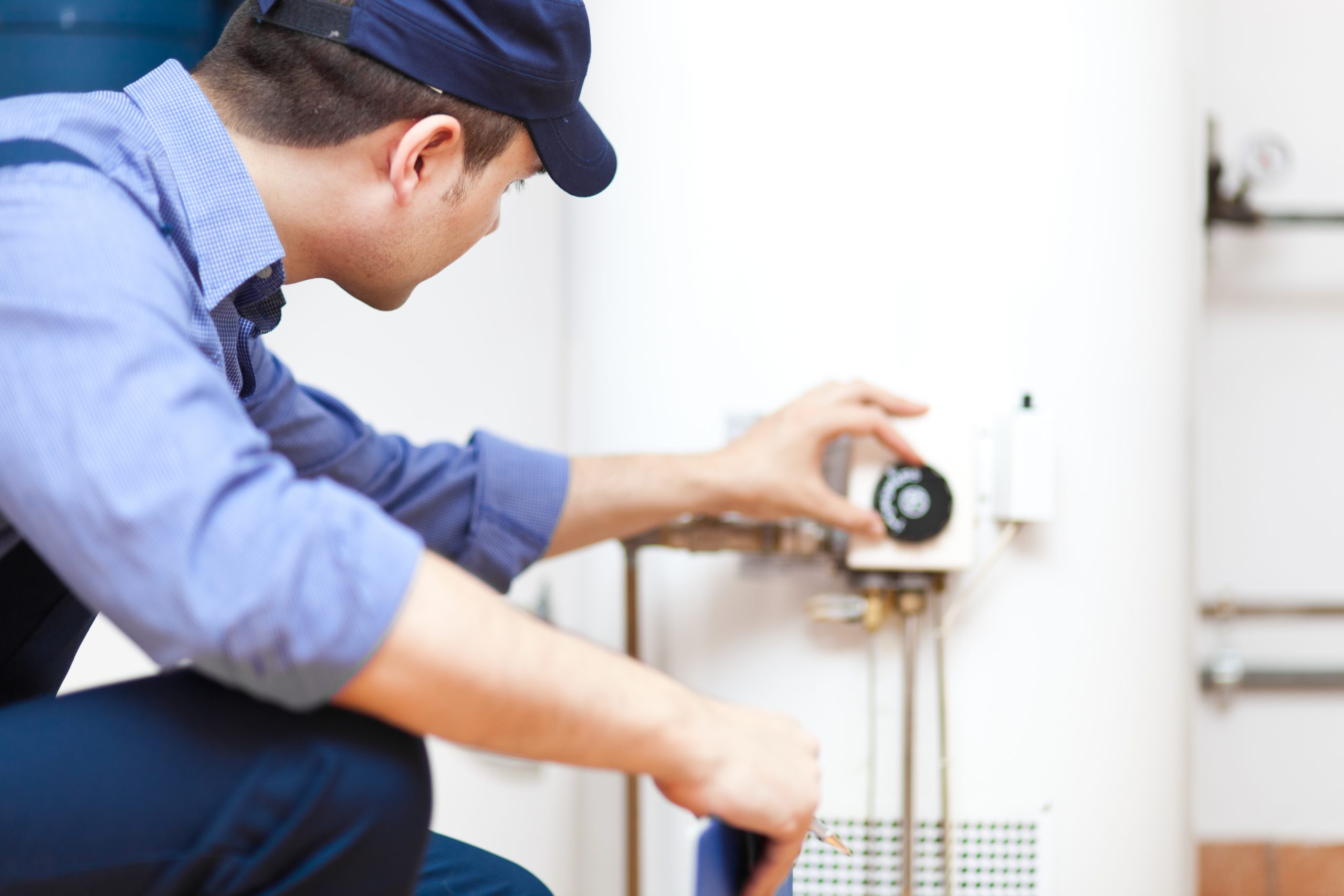Hot water cylinders are essential in many New Zealand homes, providing a steady supply of hot water for daily use. However, like any household appliance, they can encounter issues that may disrupt their functionality. Understanding common problems and knowing how to troubleshoot them can save time and money. Here’s a comprehensive guide on common hot water cylinder problems and their solutions.
Table of Contents
No Hot Water
Possible Causes:
Power Supply Issues: Check if the circuit breaker has tripped or if there’s a power outage.
Thermostat Failure: The thermostat may be set too low or malfunctioning.
Heating Element Issues: The heating element could be burnt out or damaged.
Troubleshooting Steps:
Check Power Supply: Ensure the circuit breaker is on and there is power to the unit.
Inspect the Thermostat: Verify the thermostat is set to the desired temperature (usually between 60-65°C). If it’s set correctly but still no hot water, the thermostat may need replacement.
Test the Heating Element: If accessible, use a multimeter to check for continuity. If the element is faulty, it needs to be replaced.
Inconsistent Water Temperature
Possible Causes:
Thermostat Issues: The thermostat may be fluctuating or inaccurately reading the water temperature.
Sediment Build-Up: Sediment at the bottom of the tank can affect heating efficiency.
Faulty Mixing Valve: The mixing valve may be malfunctioning.
Troubleshooting Steps:
Check and Adjust Thermostat: Ensure the thermostat is functioning correctly. Replace if necessary.
Flush the Tank: Sediment build-up can be cleared by flushing the tank. This should be done periodically to maintain efficiency.
Inspect Mixing Valve: Ensure the valve is working properly. Replace if it is faulty.
Water Leaks
Possible Causes:
Loose Connections: Connections and fittings may be loose or corroded.
Faulty Pressure Relief Valve: The pressure relief valve could be stuck or faulty.
Tank Damage: Corrosion or physical damage to the tank.
Troubleshooting Steps:
Tighten Connections: Check and tighten all connections. If they are corroded, replace them.
Test Pressure Relief Valve: Lift the lever on the valve to test it. If water doesn’t flow out, or it continues to leak, replace the valve.
Inspect the Tank: Look for signs of corrosion or damage. If the tank is compromised, it may need replacing.
Strange Noises
Possible Causes:
Sediment Build-Up: Sediment can cause popping or rumbling noises as it heats up.
Heating Element Issues: A faulty or dirty heating element can produce strange sounds.
Air in the System: Air pockets can cause knocking or banging noises.
Troubleshooting Steps:
Flush the Tank: Regularly flushing the tank can prevent sediment build-up.
Clean or Replace Heating Element: Inspect and clean the heating element. Replace if necessary.
Bleed the System: Bleed the air from the system to eliminate knocking sounds.
Low Hot Water Pressure
Possible Causes:
Sediment Build-Up: Sediment in the tank or pipes can restrict water flow.
Faulty Inlet Valve: The inlet valve might be partially closed or faulty.
Pipe Issues: Corroded or clogged pipes can reduce water pressure.
Troubleshooting Steps:
Flush the Tank: This can remove sediment and improve pressure.
Check Inlet Valve: Ensure the valve is fully open and functioning correctly. Replace if faulty.
Inspect Pipes: Check for signs of corrosion or blockage. Professional cleaning or replacement may be required.
Water Too Hot
Possible Causes:
Thermostat Set Too High: The thermostat might be set to an excessively high temperature.
Thermostat Malfunction: A faulty thermostat can cause overheating.
Faulty Mixing Valve: The mixing valve may not be blending hot and cold water properly.
Troubleshooting Steps:
Adjust Thermostat: Set the thermostat to a lower temperature (60-65°C is recommended).
Replace Thermostat: If adjusting doesn’t work, the thermostat might need replacing.
Check Mixing Valve: Ensure the valve is functioning correctly. Replace if necessary.
Discolored or Smelly Water
Possible Causes:
Sediment or Mineral Build-Up: This can cause discoloration or foul odors.
Bacterial Growth: Bacteria in the tank can produce unpleasant smells.
Corroded Anode Rod: A corroded anode rod can cause water discoloration.
Troubleshooting Steps:
Flush the Tank: Regularly flush to remove sediment and minerals.
Disinfect the Tank: Add hydrogen peroxide and flush the system to eliminate bacteria.
Replace Anode Rod: Inspect and replace the anode rod if it is corroded.
Conclusion
Hot water cylinders are crucial for household comfort, but they can experience various issues over time. Understanding common problems and how to troubleshoot them can ensure your system operates efficiently. Regular maintenance, such as flushing the tank and inspecting components, can prevent many of these issues. For persistent problems or if you’re unsure about handling repairs, it’s best to consult a professional plumber in New Zealand. Proper care and timely troubleshooting can extend the life of your hot water cylinder and keep your home supplied with reliable hot water.

Hot Water Solutions
Address: 3d Tait Place, Rosedale, Auckland 0632, New Zealand
Phone: 0800497658
Email: [email protected]
Website: https://hotwatersolutions.nz/
Location: https://maps.app.goo.gl/1PErGDvtptttvYQY6
Follow us: https://www.instagram.com/pete_hotwatersolutions/




